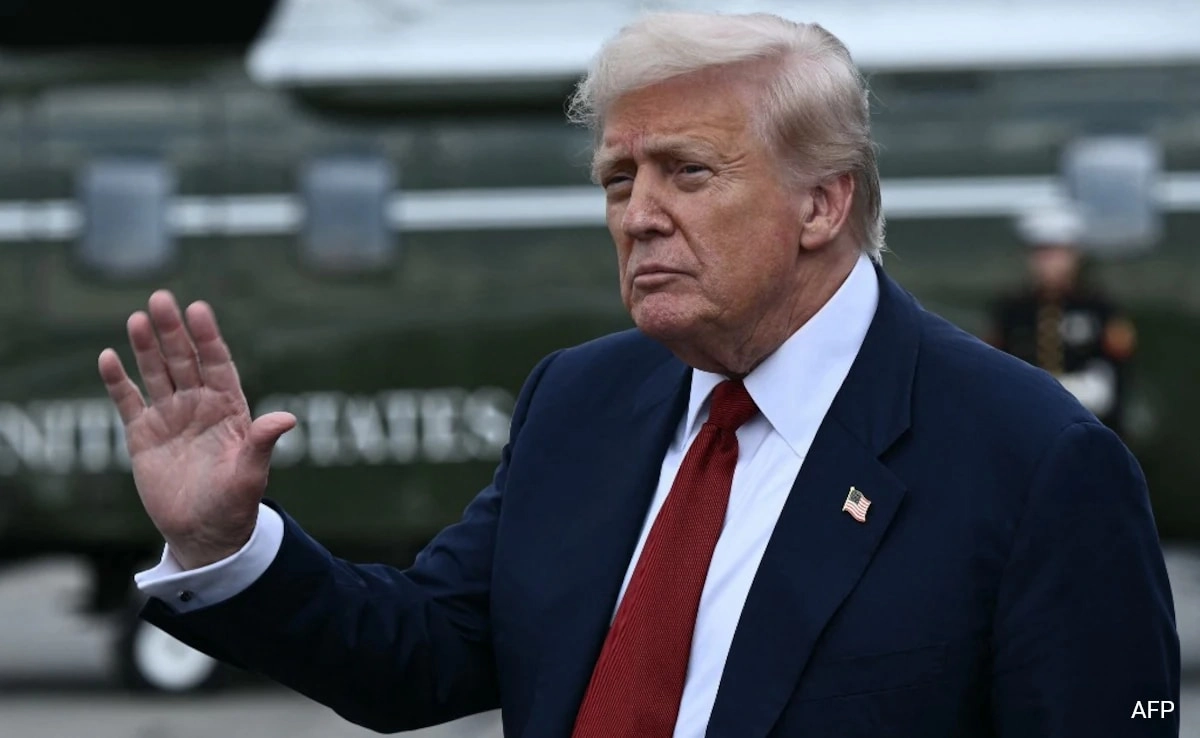Former President Donald Trump’s implementation of tariffs has sparked a contentious debate regarding their impact on the economy and American consumers. While some industries may seem to benefit from these protective measures, the broader implications reveal a complex landscape where many stakeholders face significant downsides. Tariffs, designed to shield domestic industries from foreign competition, have led to increased costs for consumers, creating a ripple effect that extends beyond the initial targets of the tariffs.
Industries such as steel and aluminum producers have reported gains due to reduced foreign competition, allowing them to raise prices and potentially expand operations. However, this protection comes at a cost. Manufacturers that rely on these essential materials for production are feeling the pinch, as they face higher input costs that must be passed down the supply chain. Consequently, consumers end up paying more for everyday goods, ranging from appliances to automobiles. The irony is that while certain sectors thrive, the average American household bears the brunt of these increased expenses.
Moreover, the retaliatory tariffs imposed by other countries in response to Trump’s measures have created a cycle of escalation that further complicates the economic landscape. Farmers and agricultural exporters, who previously enjoyed access to global markets, have found themselves grappling with lost sales as foreign buyers seek alternatives to U.S. products. As a result, even industries that were initially perceived as winners may find themselves caught in a web of unintended consequences, ultimately affecting their long-term viability.
In this context, the notion of winners and losers becomes increasingly blurred. While some sectors may experience short-term gains, the overall economic environment suffers from increased uncertainty and volatility. The interconnected nature of the global economy means that protectionist policies can lead to broader repercussions, including job losses and reduced economic growth. Ultimately, Trump’s tariffs illustrate the complexities of trade policy, where the benefits for a select few come at the expense of many, raising questions about the long-term sustainability of such an approach.




